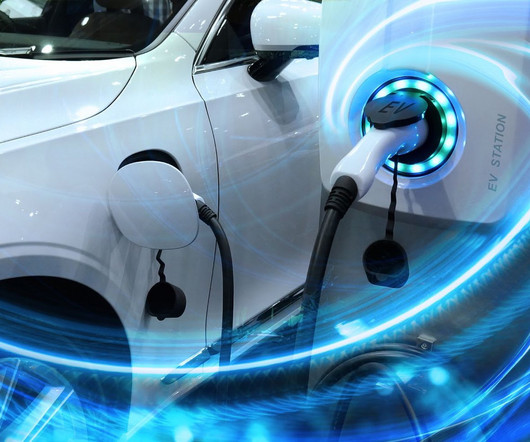What Is Bidirectional Charging? Understanding the Benefits for Both Drivers and Businesses
EV Connect
JANUARY 9, 2023
With bidirectional charging, the batteries in our vehicles can not only provide fuel for the road but energy for our homes and even our shared electrical grid. In one-directional charging, alternating current (AC) electricity is converted to direct current (DC) energy that’s stored in an EV battery to power the car.











Let's personalize your content